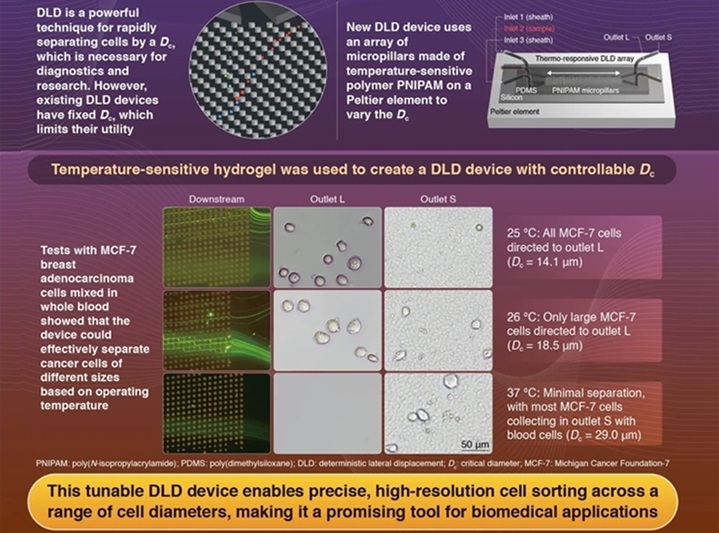Protein from Colonic Tissue Associated with Parkinson's
By LabMedica International staff writers
Posted on 29 May 2012
Two studies suggest that colonic tissue obtained during either colonoscopy or flexible sigmoidoscopy may be used to predict who will develop Parkinson’s disease. Posted on 29 May 2012
A protein called alpha-synuclein is deposited in cells of the brain of patients with Parkinson’s disease and is considered a pathologic hallmark of the disorder. These protein aggregates form Lewy bodies, a characteristic structure seen in Parkinson's disease brains at autopsy.
Physicians at Rush University (Chicago, IL, USA) demonstrated that the alpha-synuclein protein could also be seen in the nerve cells in the wall of the intestines in subjects with early Parkinson’s disease, but not in healthy subjects. Ten subjects with early Parkinson’s disease had flexible sigmoidoscopy. The scientists demonstrated alpha-synuclein aggregation in biological tissue obtained before onset of motor symptoms of Parkinson’s disease.
The studies were conducted by Dr. Kathleen M. Shannon, neurologist in the Movement Disorders and Parkinson’s Center at Rush, and a multidisciplinary team of scientists from the university. They also analyzed samples of tissue obtained during colonoscopy examinations that took place 2-5 years before the first symptom of Parkinson’s disease appeared in three subjects, and all three showed the characteristic protein in the wall of the lower intestine.
The studies were published the May 15, 2012, issue of the journal Movement Disorders.
Currently, Parkinson’s disease afflicts almost 5 million people worldwide. A neurodegenerative disorder of aging, it leads to progressive deterioration of motor function due to loss of neurons in the brain that produce dopamine, a neurotransmitter essential to executing movement.
“Recent clinical and pathological evidence supports the notion that Parkinson’s disease may begin in the intestinal wall then spread through the nerves to the brain. Clinical signs of intestinal disease, such as constipation, [may precede] Parkinson’s disease diagnosis by more than a decade. These studies suggest it may one day be possible to use colonic tissue biopsy to predict who will develop motor Parkinson’s disease,” said Dr. Shannon.
“Such tissue could be obtained at the time of screening colonoscopy, a procedure routinely applied for colon cancer surveillance beginning at age 50 and repeated every three to 10 years in adults of middle age,” Dr. Shannon added.
Alternatively, the Rush investigators showed that colonic tissue is easily obtained using flexible sigmoidoscopy, a technique that, unlike colonoscopy, requires no colon cleansing preparation or sedation, and can be performed in 10 minutes.
“In view of a multibillion-dollar translational research effort that aims to identify agents that slow or stop the progression of Parkinson’s disease, the need for accurate and timely diagnostic biomarkers, including the potential for premotor diagnosis, is particularly acute,” the authors stated. “We believe that alpha-synuclein in the colonic submucosa may be a premotor biomarker that easily can be studied in cohorts at increased risk of developing Parkinson’s disease.
The Rush scientists stressed that their finding must be replicated in other populations, including other neurodegenerative Parkinson’s-like disorders, and to determine the safest and highest-yield biomarker site.
Related Links:
Rush University














